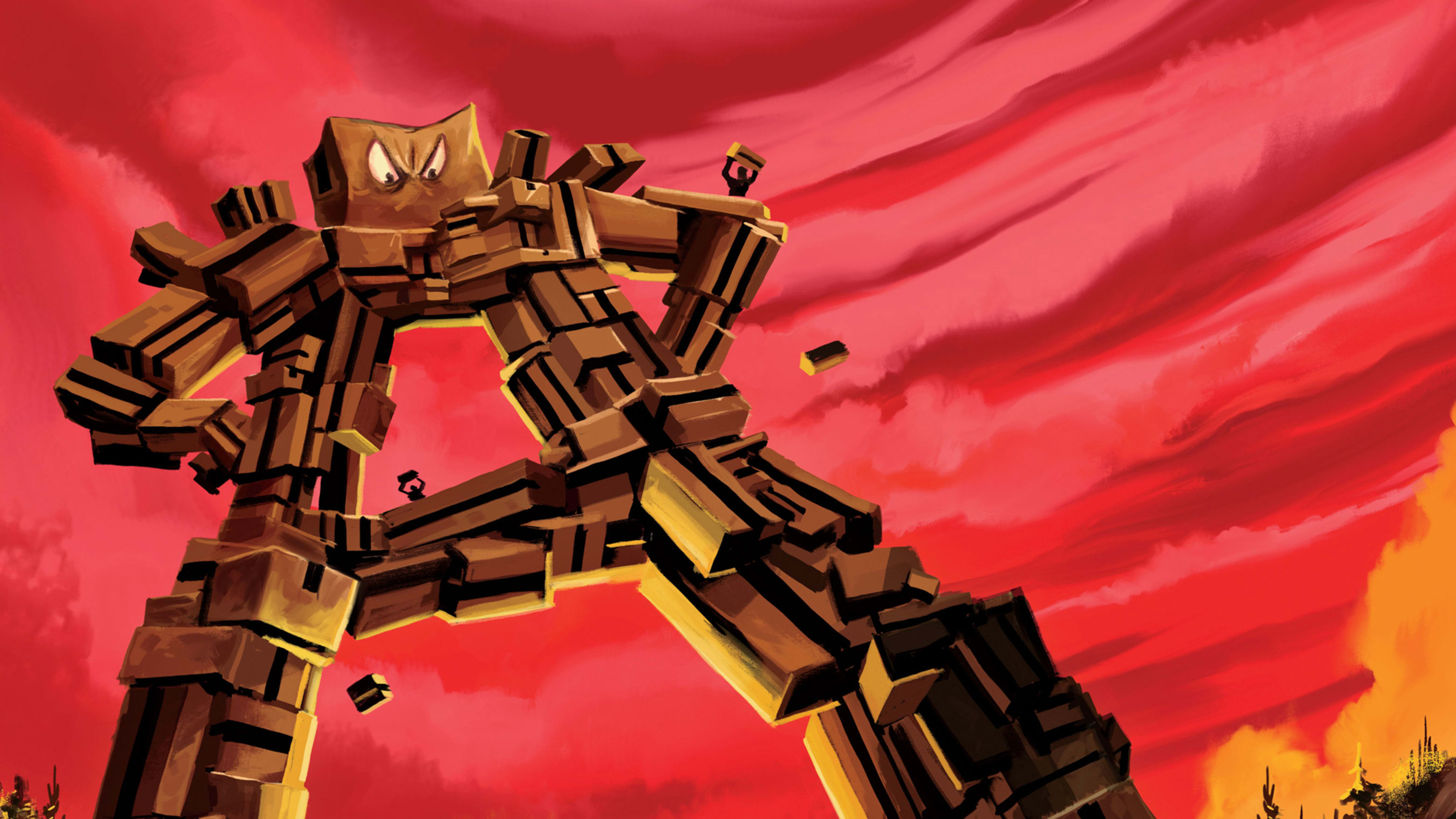The Mall of America’s terrazzo floors, glazed white like doughnut frosting, ribbon out in every direction, creating a vast mirror maze of consumerism with 520 glassy storefronts. Shoppers, who have escaped an endlessly gray Bloomington, Minnesota, sky on a Monday morning in October, drift through the largest mall in the United States like tourists at an Atlantic City buffet. A couple holding hands strolls into a Zales while buttery perfumes emanate from an Auntie Anne’s next door. Kids and some willing parents fling around on the SpongeBob SquarePants Rock Bottom Plunge roller coaster, one of 27 rides at the Nickelodeon-branded amusement park on-site. Distant echoes of saxophone Muzak clash with both elevator whirs and bubbly pop songs. Somewhere in this otherworldly commercial expanse are five Lids stores and four Sunglass Huts.
When the mall opened, in 1992, it represented the pinnacle of retail convenience and a mecca for young people to gather and spend. But the $650 million megamall was always “vaguely unreal . . . exuding the ambience of a monstrous hallucination,” as novelist David Guterson described it in a 1993 Harper’s article, calling it “monolithic and imposing.” Two years later, Jeff Bezos launched his online book marketplace, which quickly grew into a new type of Everything Store, one that fundamentally redefined the shopping experience and led some to argue that commercial centers like the Mall of America would become gaudy relics of an antiquated era.
Now, Wall Street analysts say, the retail apocalypse is upon us. Amazon dominates e-commerce and has gobbled up 5% of total U.S. retail sales. Some expect that the company will own half the online market within the next five years, a period during which, Credit Suisse predicts, a quarter of all malls will close. By the end of this year, more than 8,600 stores will have shuttered in 2017, the worst year on record.
But here’s the thing about the Mall of America: It’s fighting back. “I hear all this doom and gloom in the industry,” says the mall’s SVP of business development, Jill Renslow, with an upbeat, Midwestern delivery. “I’m like, ‘Folks! Keep your chin up! There’s so much opportunity!’ ” The mall completed a $325 million expansion in 2015, says Renslow, who started working there as an intern in the mid-1990s and has seen it endure recessions and upheaval before. A new 342-room JW Marriott has opened upstairs, and retailers like Zara and Anthropologie are being lured to the space. The mall is experimenting with new leasing models to attract pop-ups and younger players like Untuckit and Toms Shoes. Renslow, who is eager for people coming to Minneapolis for the 2018 Super Bowl this February to visit the mall and be surprised, doesn’t view Amazon as a competitor but as a partner; she recently worked with Amazon to install a set of pickup lockers at the mall. She believes retailers in general can “bring online shoppers to brick-and-mortar.” I ask her directly: Is physical retail dying? “Not at all!” she says.
Recognize your brand’s excellence by applying to this year’s Brands That Matter Awards before the early-rate deadline, May 3.
